Types of water transport
Experts identify the following types of water transport:
- a bulk carrier (dry cargo ship) is a cargo ship transporting bulk cargo: grain or ore. It can be identified by the presence of large, box-shaped hatches. They are required for unloading cargo. Most often, bulk carriers are too large for lakes, but once similar ships moved along the Great Lakes located in Canada.
- container ships are cargo ships loaded with containers. These vessels are the most common multimodal vessels. Container ships use diesel fuel during operation, and they also need a team of twenty to forty people. In one voyage, such a ship can carry up to fifteen thousand containers.
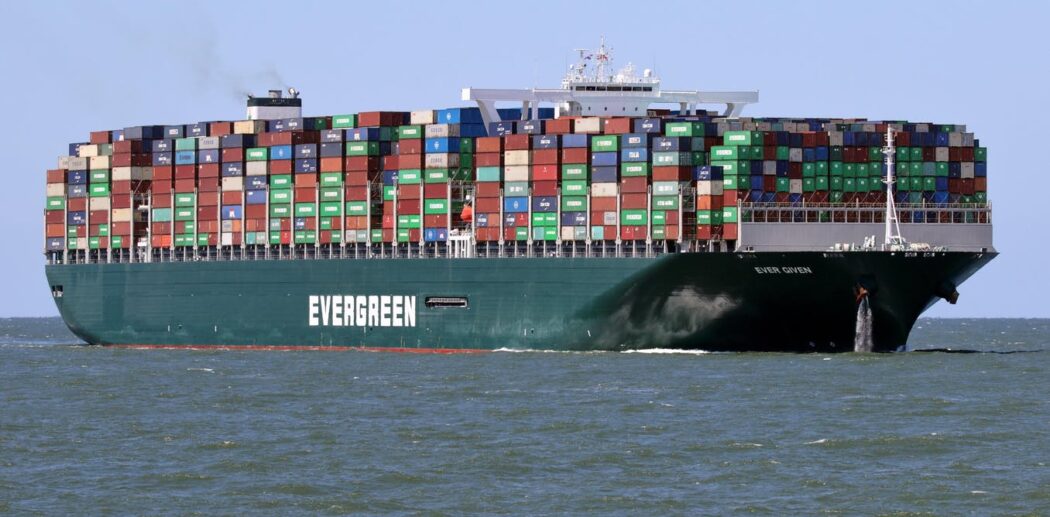
- tankers are cargo ships intended for the transport of liquid substances, for example, crude oil, petroleum products, liquefied natural gas, chemicals, vegetable oils, wines and many other substances. One third of the world’s cargo is transported by tankers.
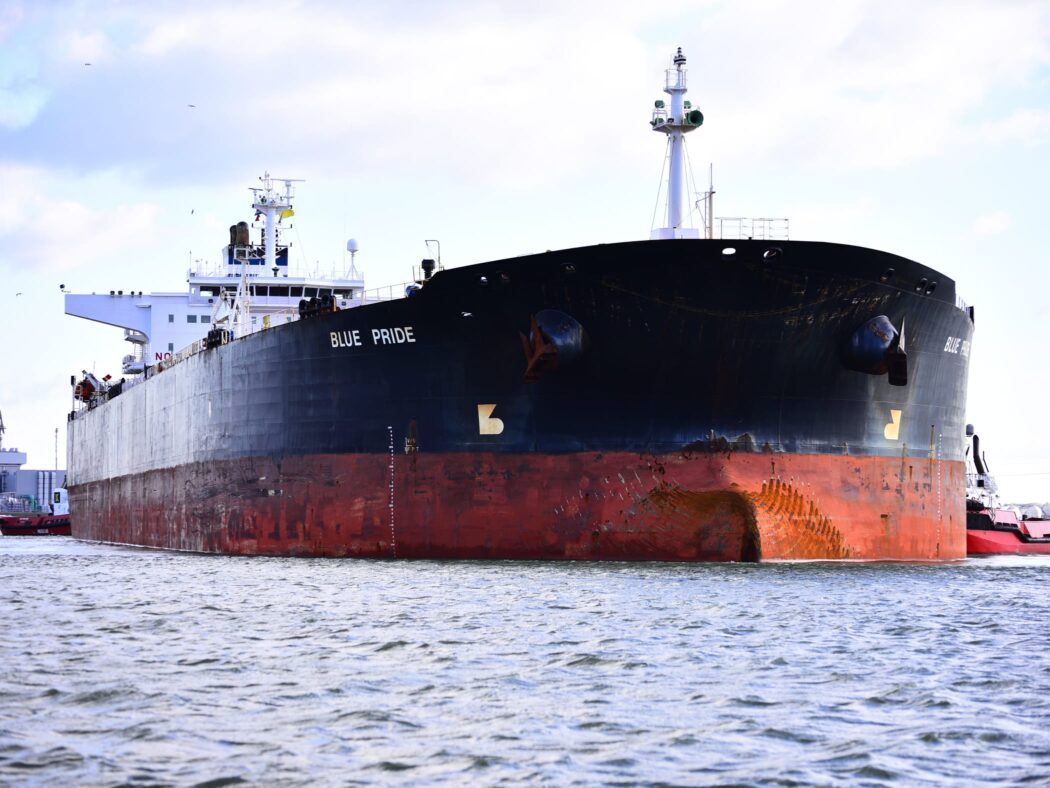
- refrigerated vessels are cargo ships that are used to transport various perishable products that must be kept at a certain temperature. These products include: meat, fruits, fish, dairy products, vegetables, etc.
- ro-ro (trailer ships) are cargo ships designed for the carriage of goods on wheels, for example, cars, trucks, railway wagons. Their device provides for the possibility of easy pumping and pumping of cargo in the port territory.
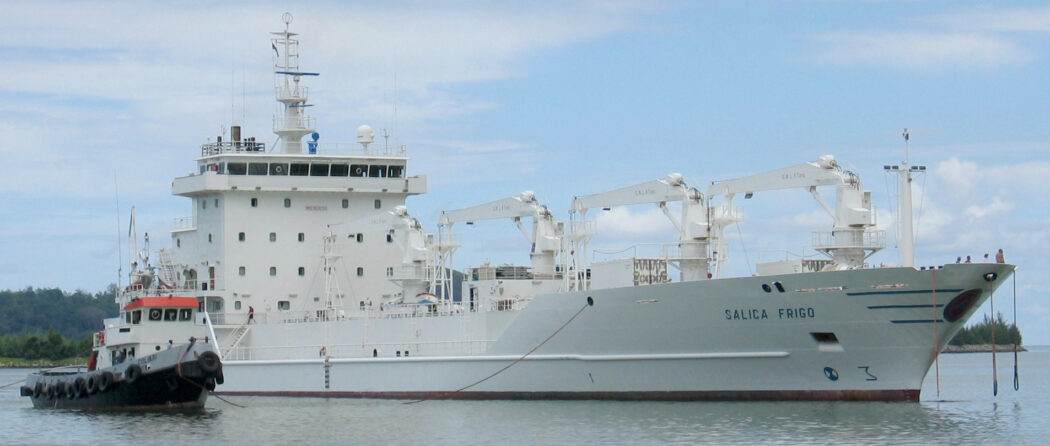
- coasters are small or coastal navigation vessels, they are frame vessels used for trade within a continent or island. They have a flat bottom, which gives them the opportunity to pass between the reefs while there is no way for sea vessels there.
- ferries are a type of water transport used to transport passengers, and sometimes their transport from one coast to another. Sometimes ferries are used to ferry trains or vehicles. Most ferries operate on a fairly strict schedule. The ferry has many stops, and ferries such as those in Venice are often called water buses or water trams. Ferries are often the main attribute of many island cities, because the cost of this type of transport is much less in comparison with bridges or tunnels.
- cruise ships are passenger ships intended for recreation on the water or for walks. Cruise ships are used by millions of tourists and vacationers every year. Such vessels are constantly updated.
- cable ships are deep-sea transport vessels used for laying electrical, telecommunications and many other cables.
- tugs are vessels that are designed to push other floating craft and maneuver in the open sea, in a bay or in a cannel or river. Such soda is used for the transportation of non-working ships, barges, etc.
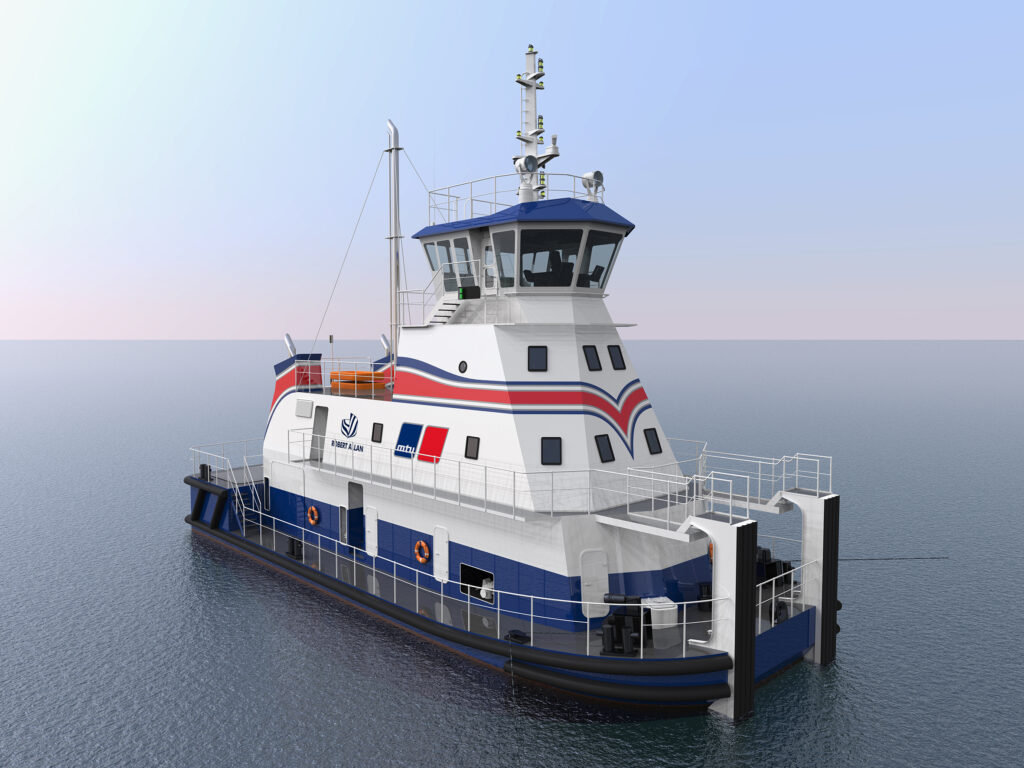
- oyster vessels are vessels that are used to lift something from the shallow seabed or from river water.
- barges are flat ships that are designed to carry large and heavy loads mainly along canals and rivers. For the most part, the barge cannot move independently and therefore needs a tug. Even at the beginning of the industrial revolution, barges were transported with the help of people or special animals, used along with rail transport. After a while, the barges left the race due to the labor intensity, as well as the high cost of transportation.
In the infrastructure serving water transport, there are docks, ports, shipyards and piers. In ports, cargo is loaded and unloaded onto ships, technical inspection of water transport is carried out at the dock, and the repair of floating crafts takes place there.
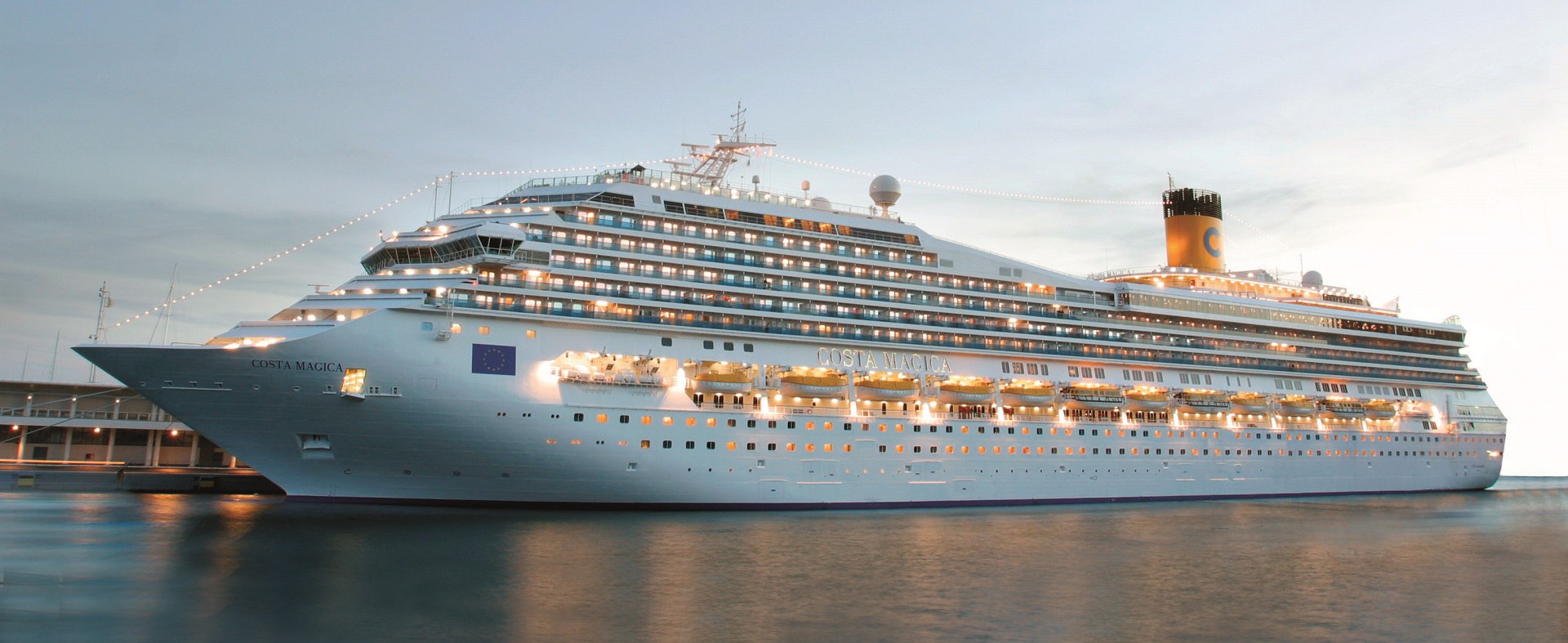
Leave a Reply